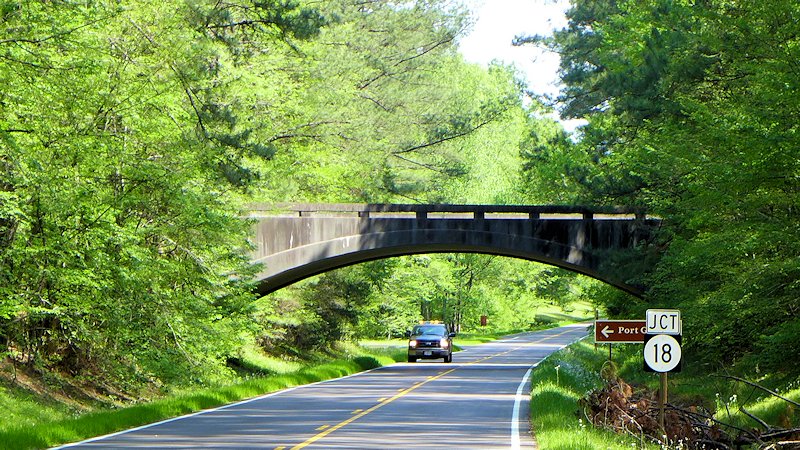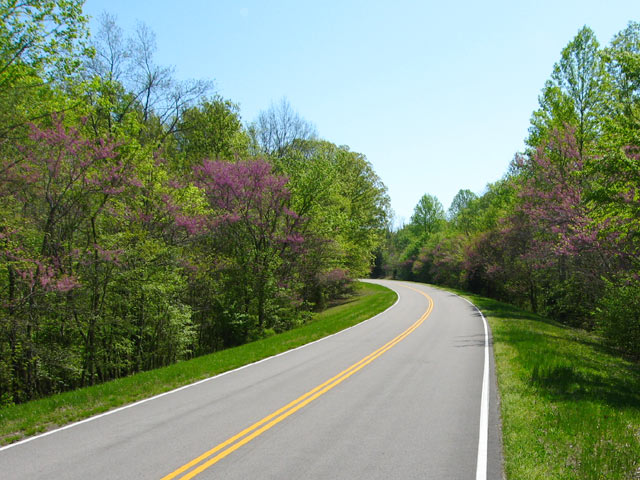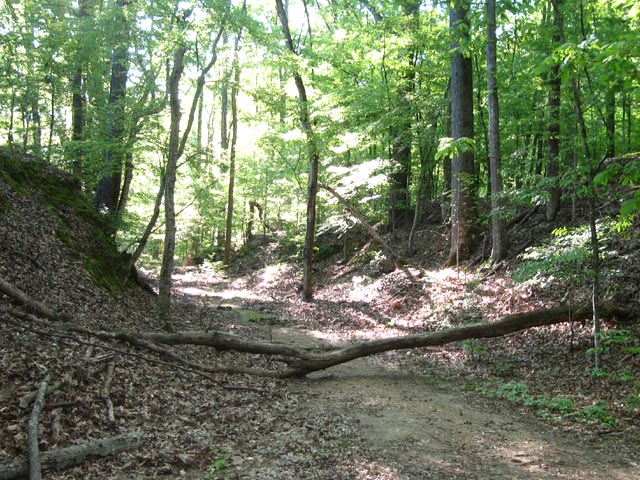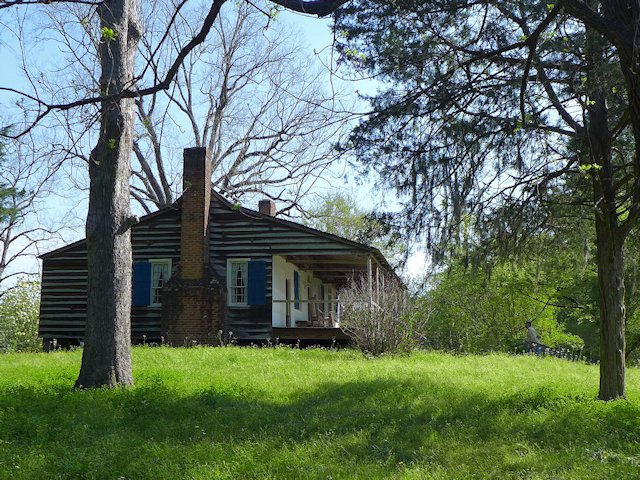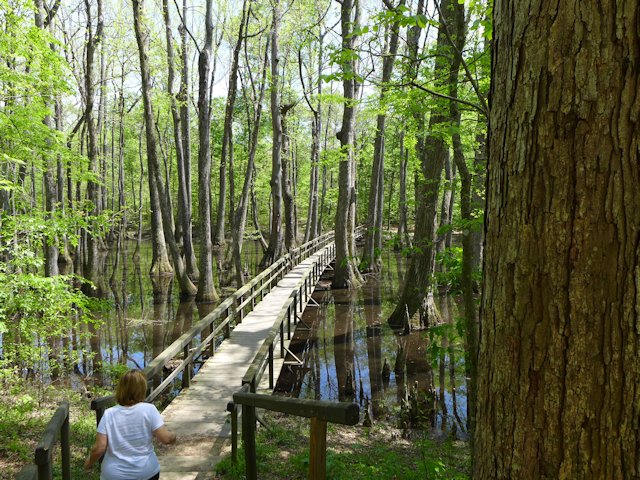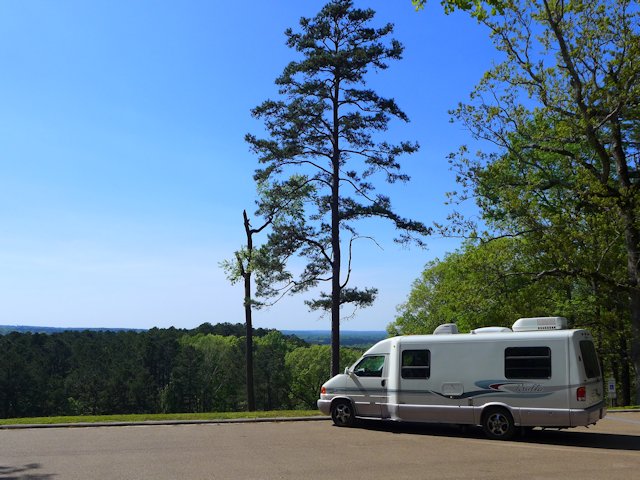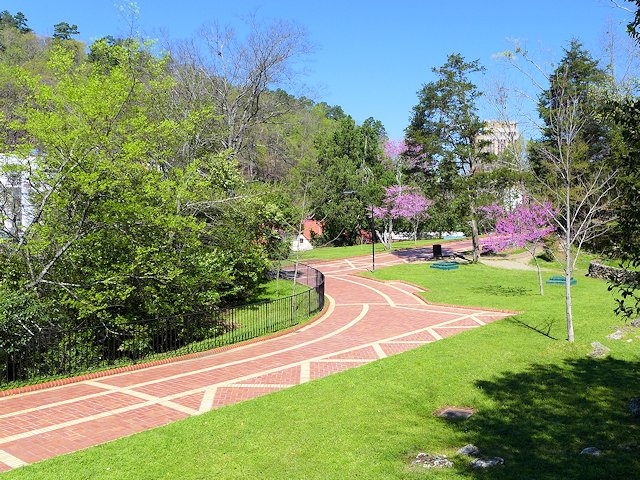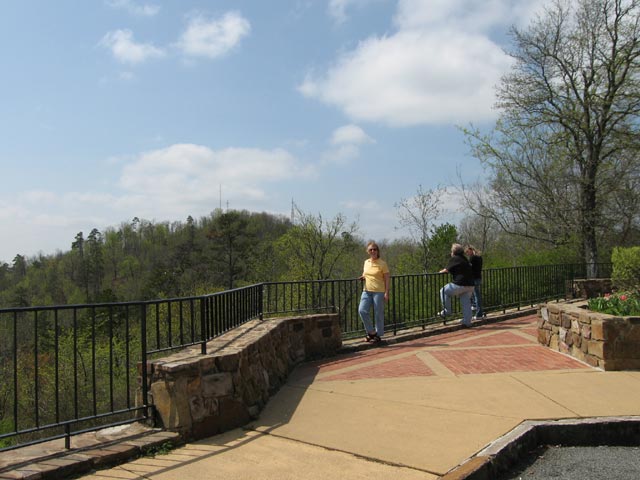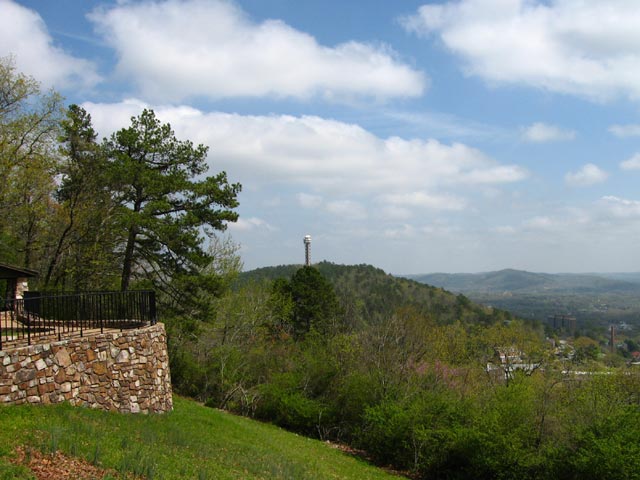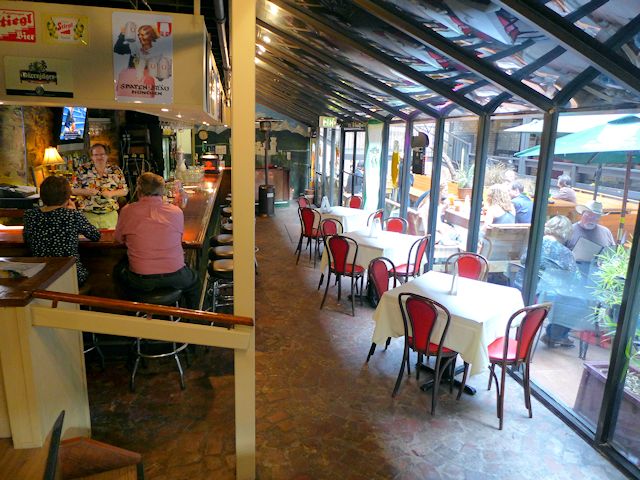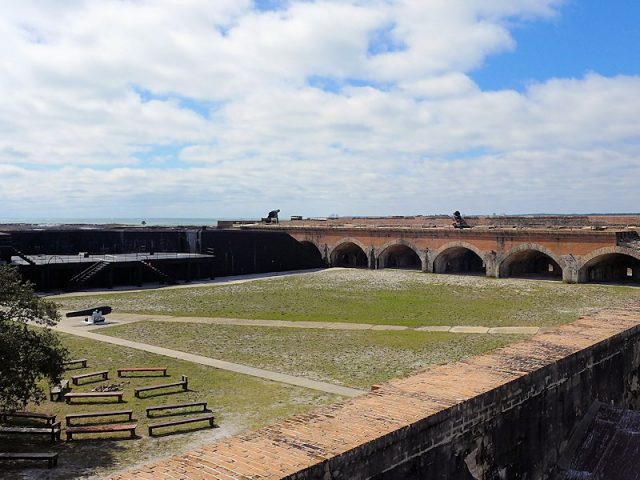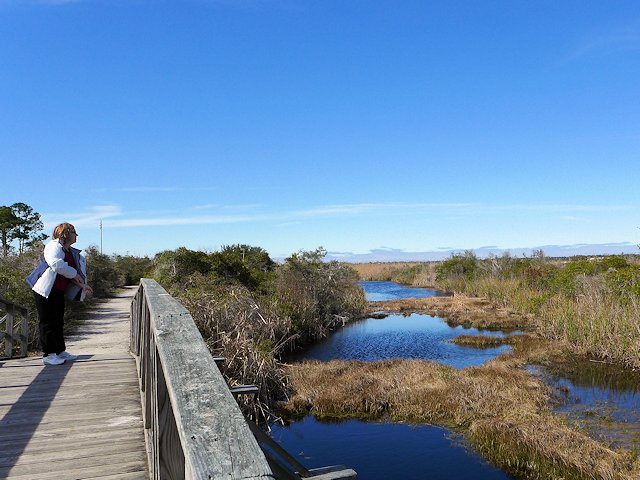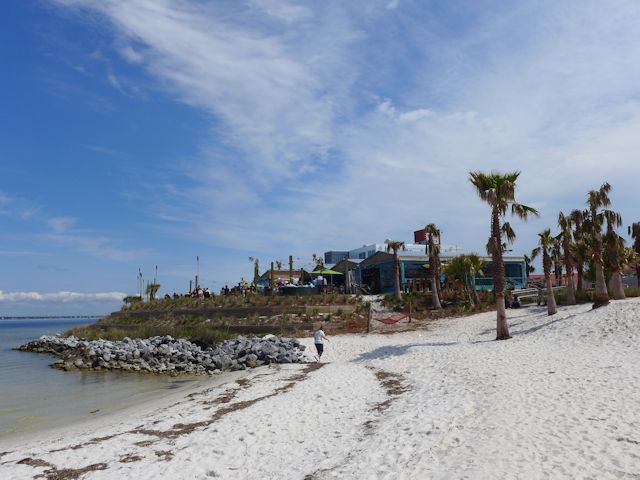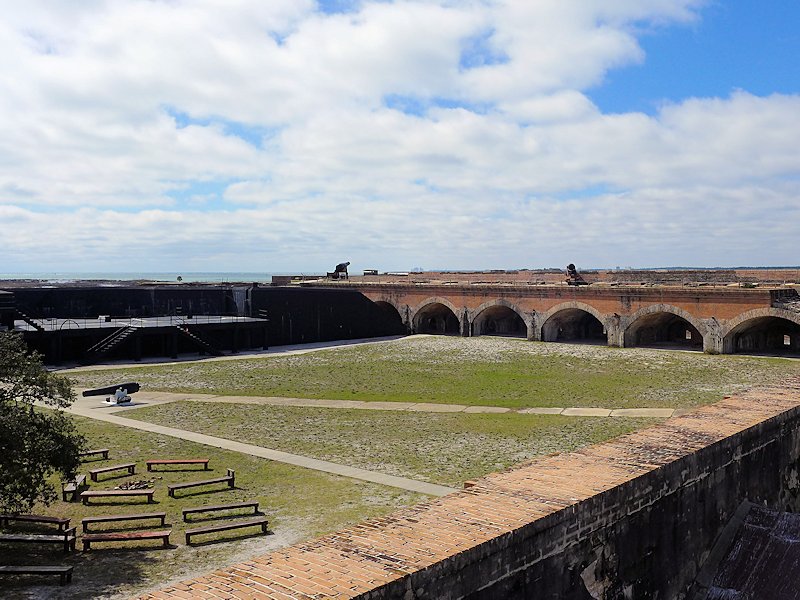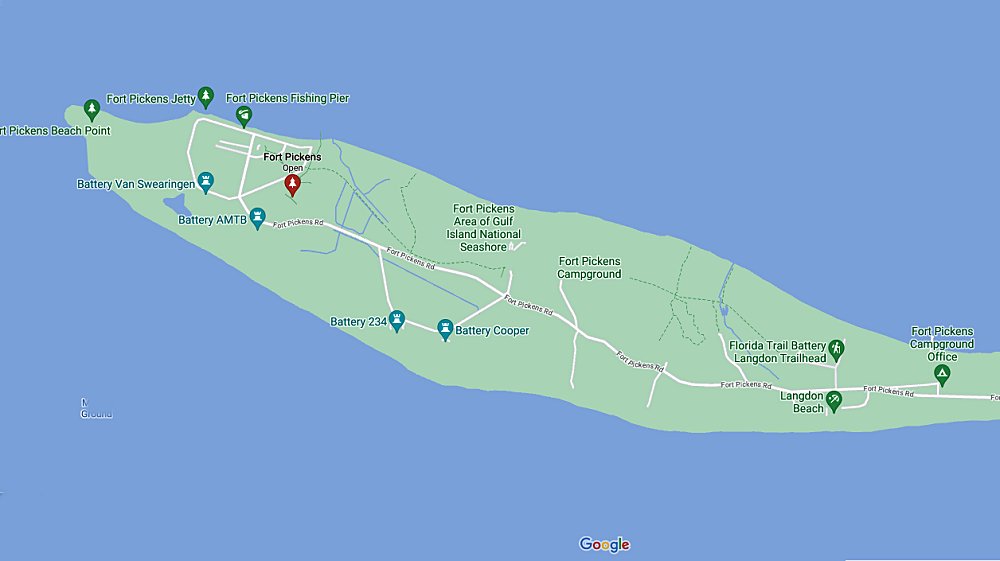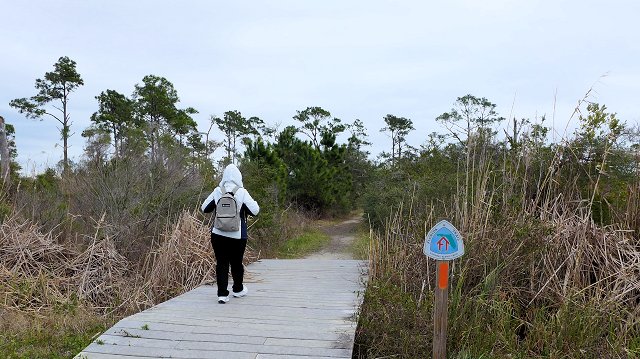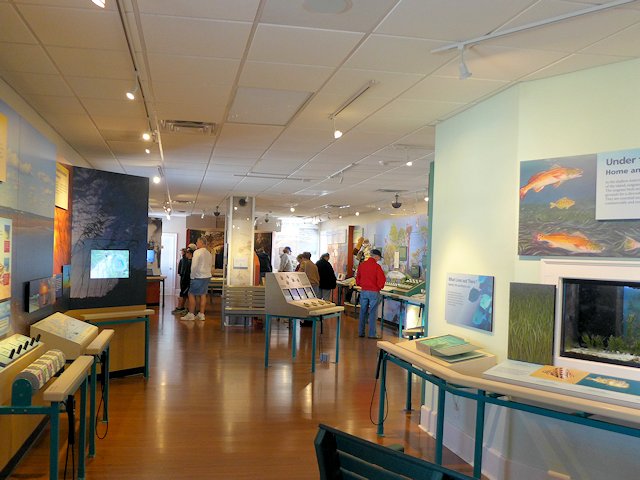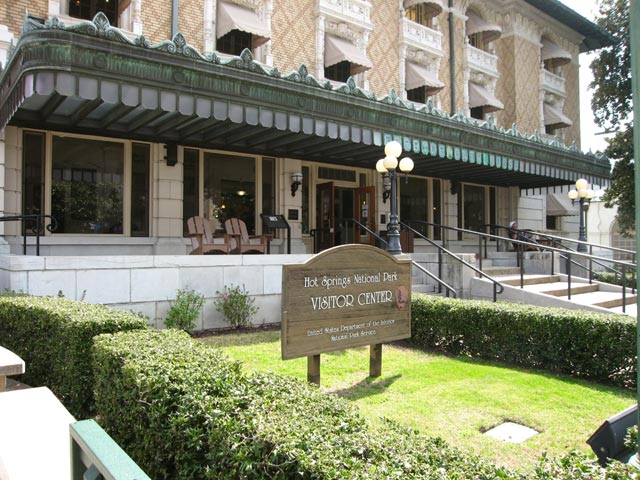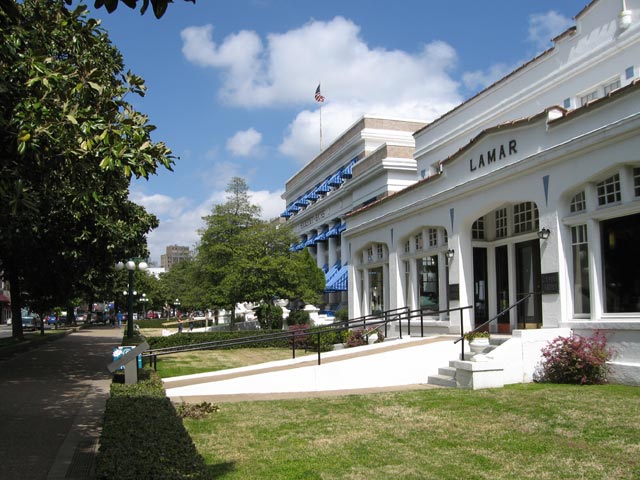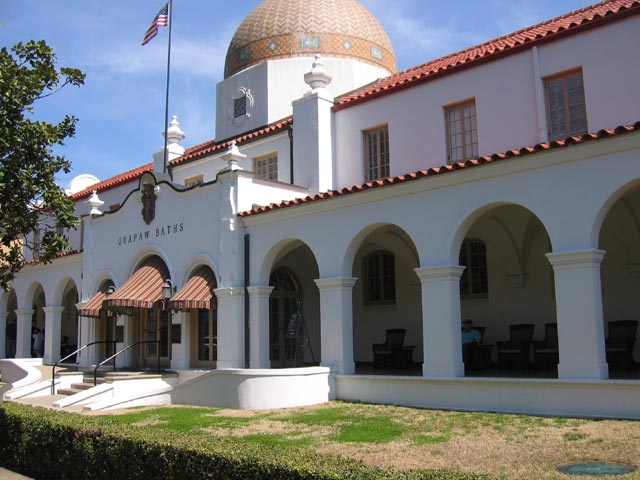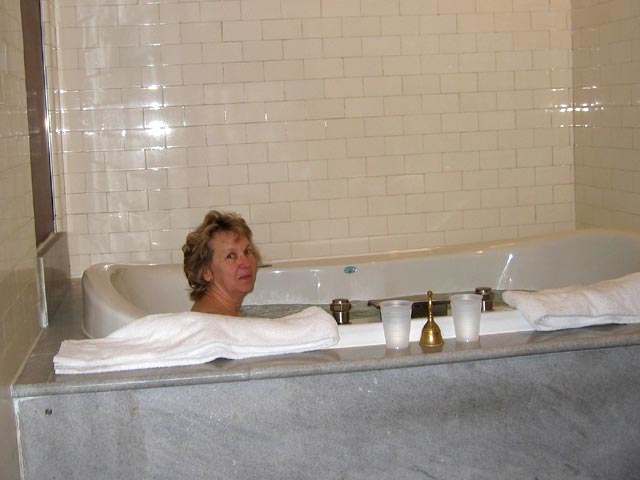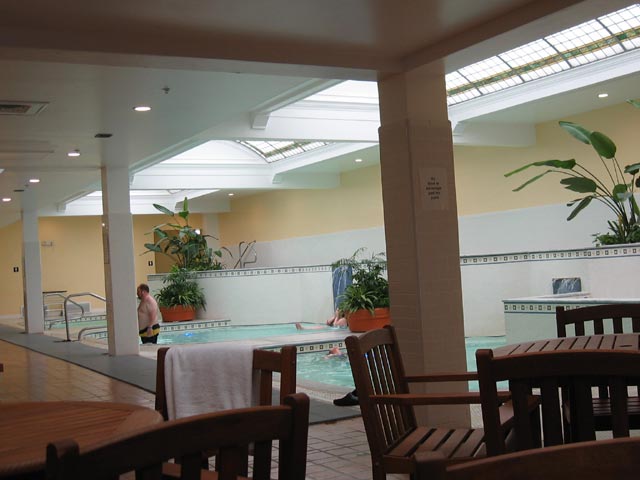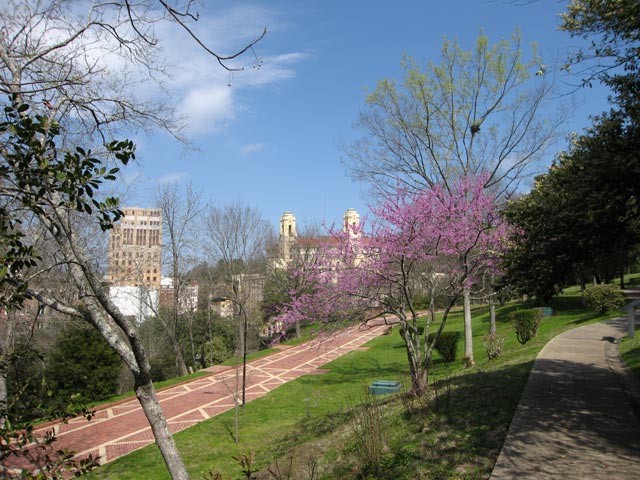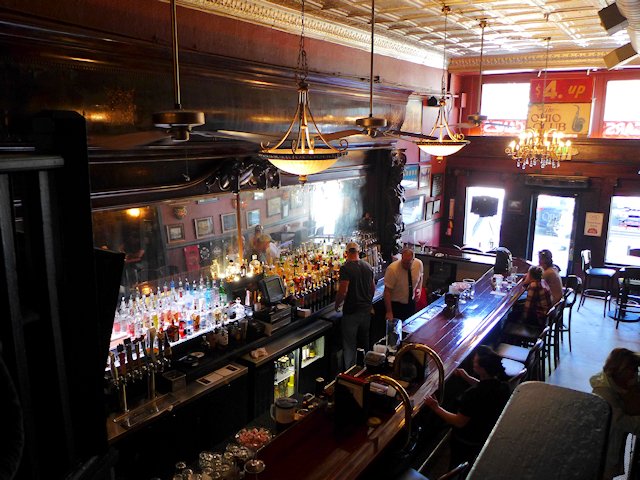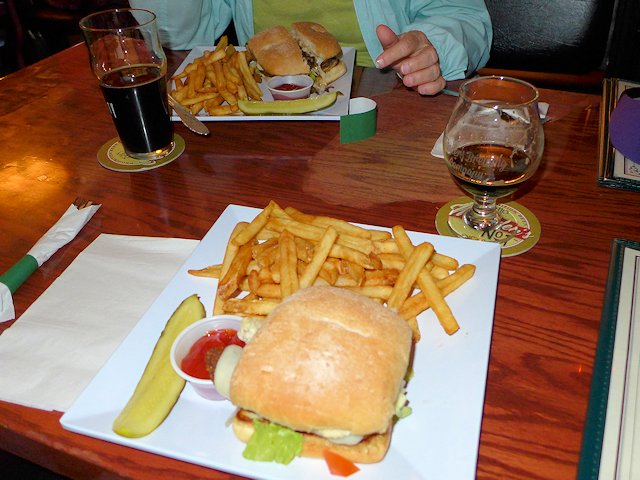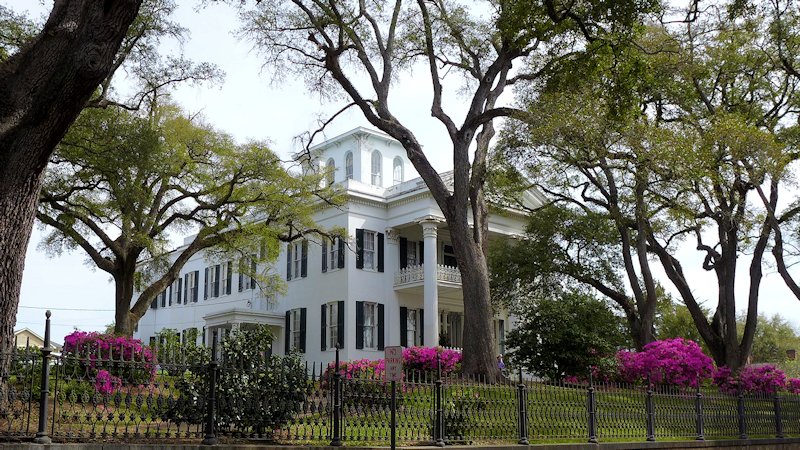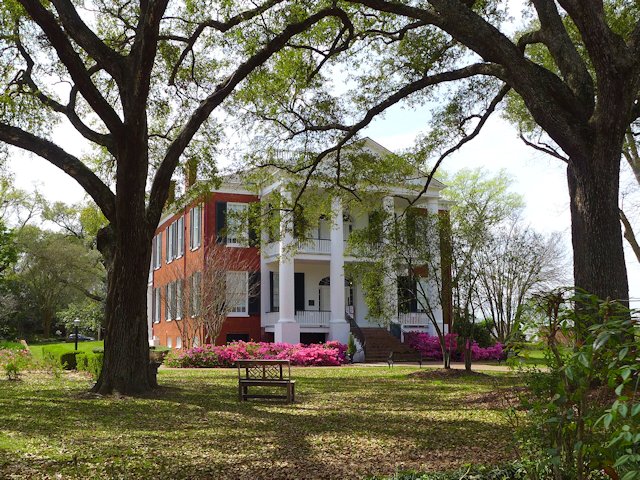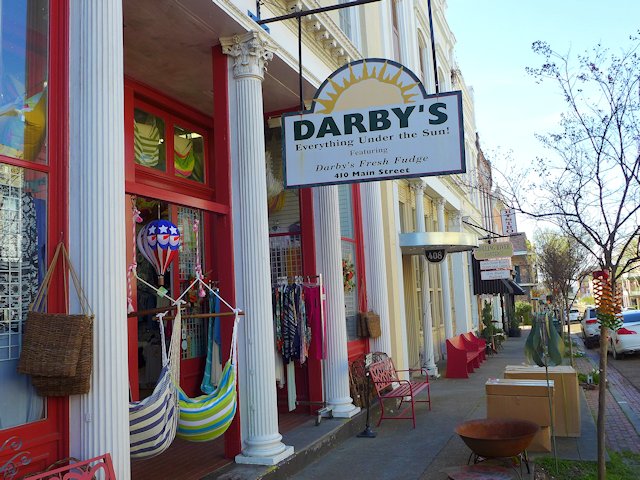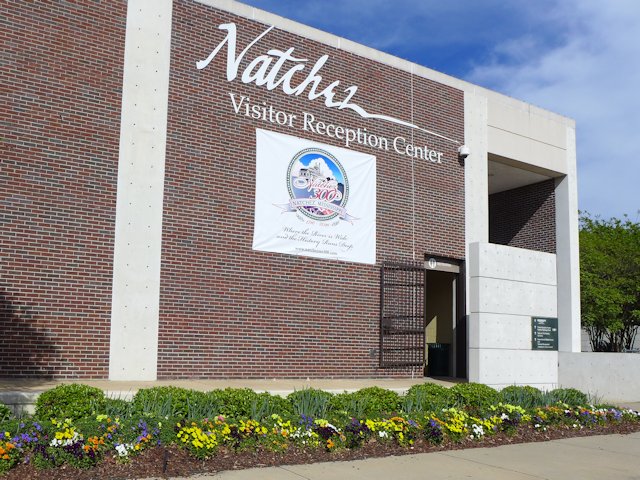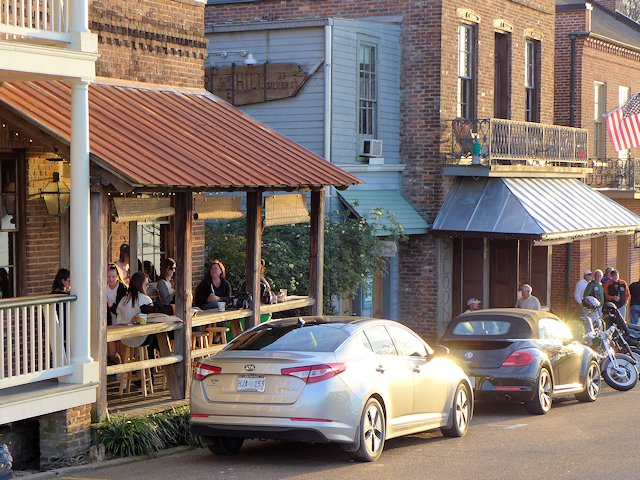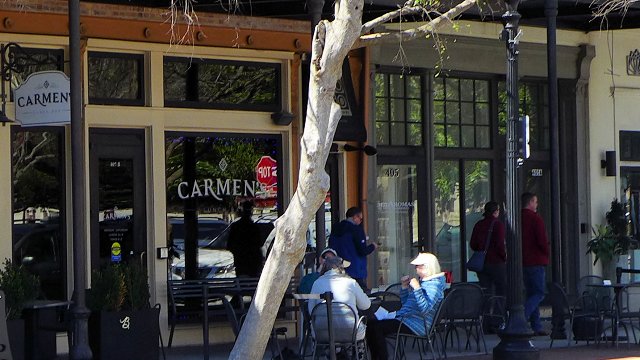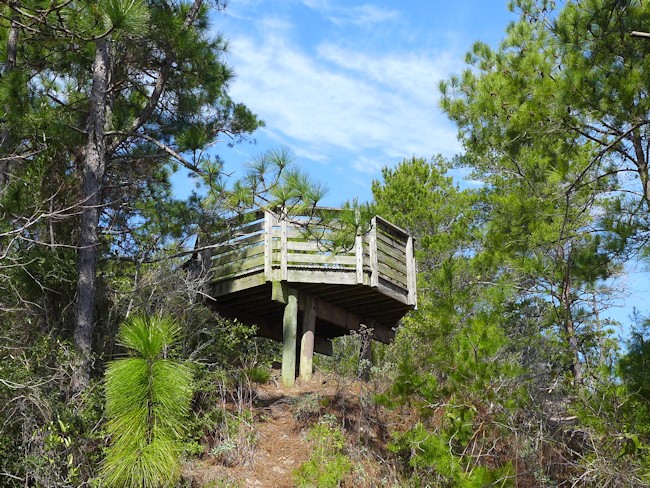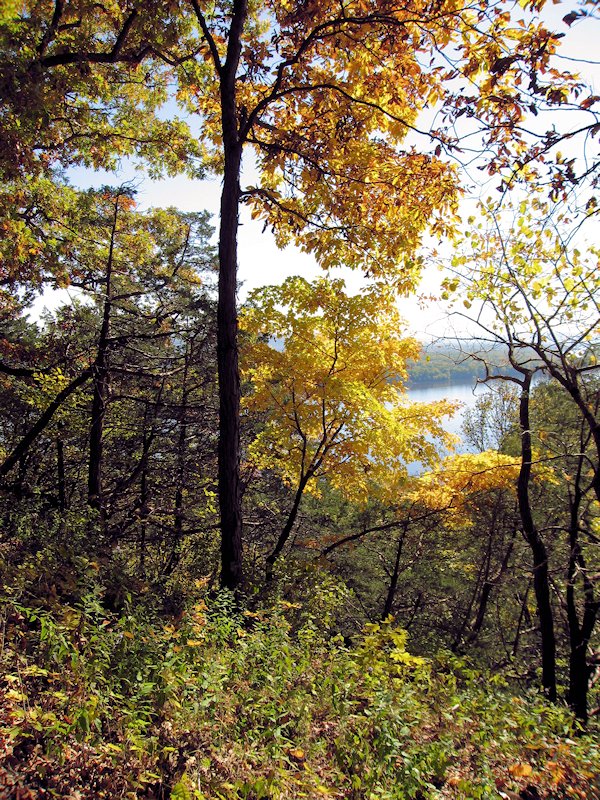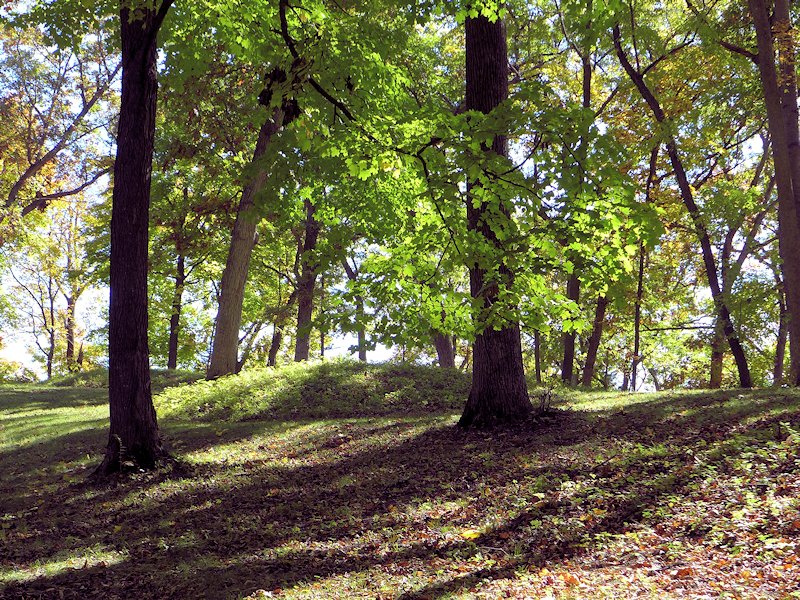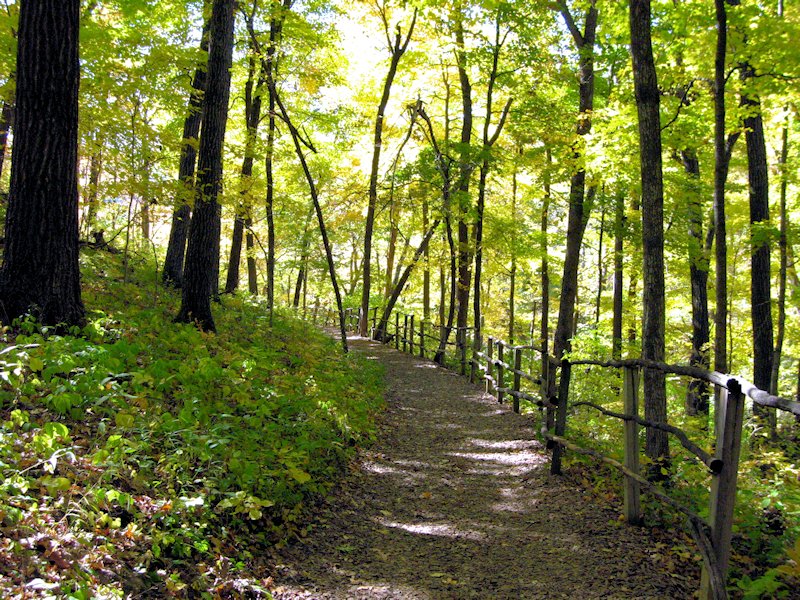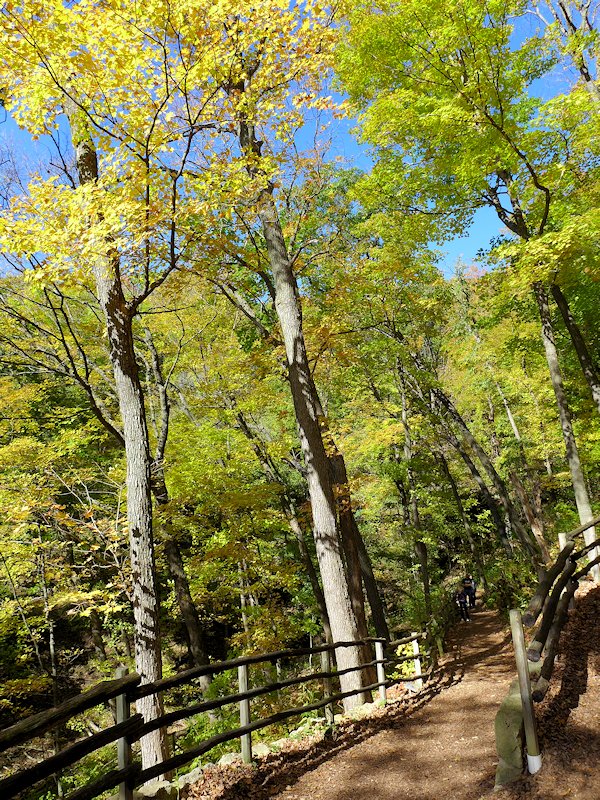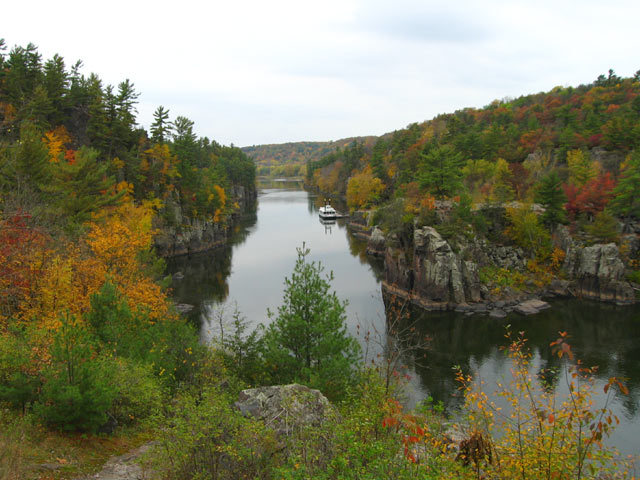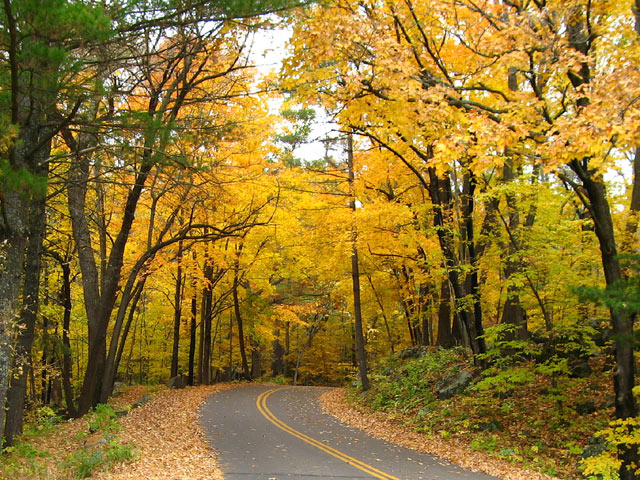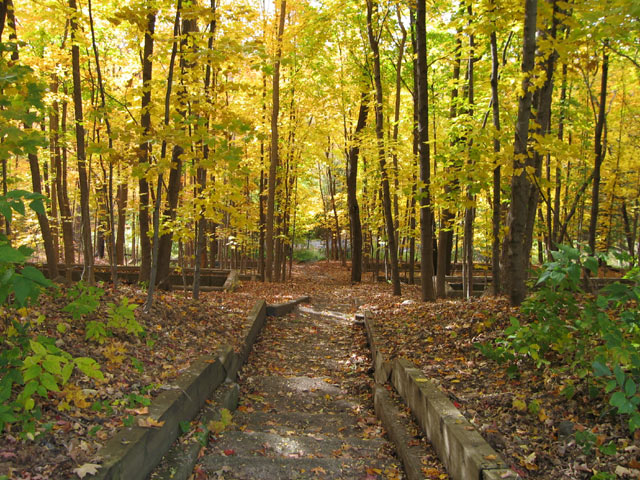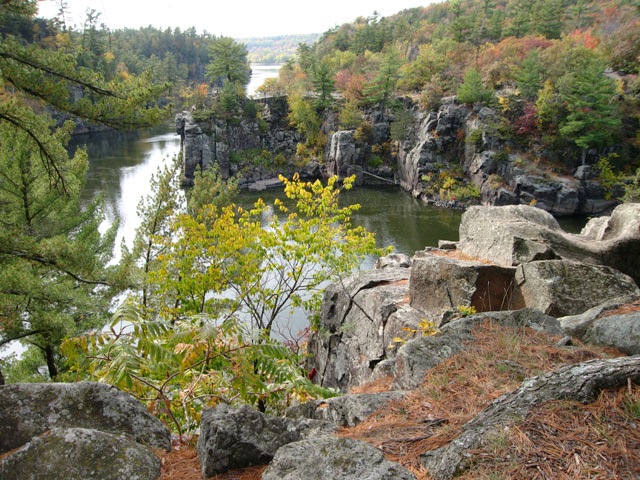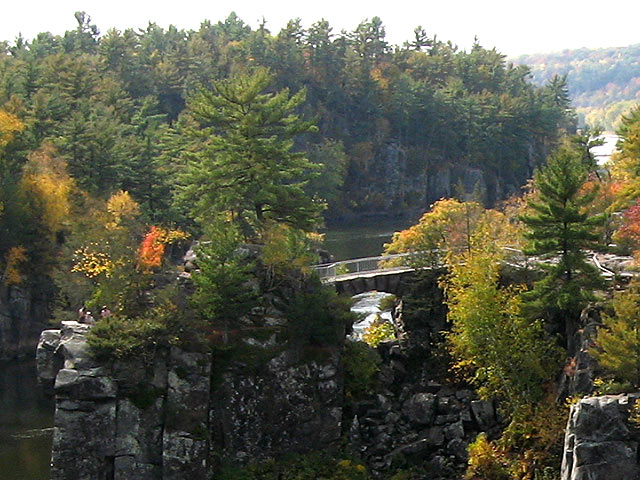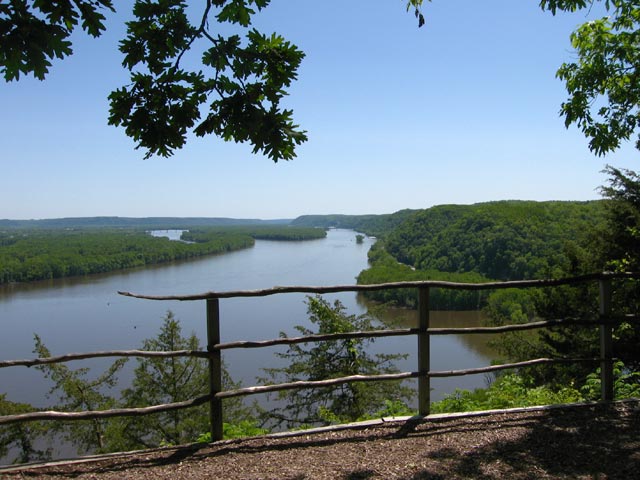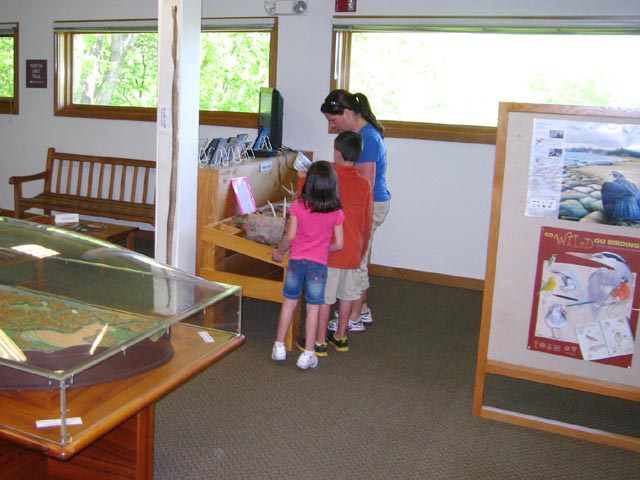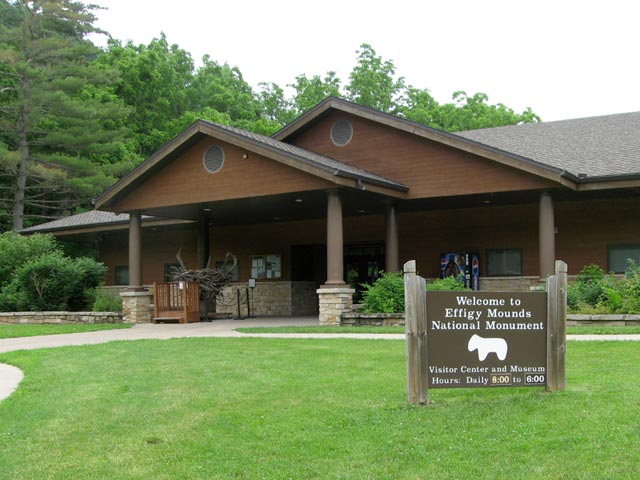Natchez Trace National Parkway National Park
The Natchez Trace Parkway runs from Natchez, Mississippi to Nashville, Tennessee, about 440 miles. Traveling the Trace is an excellent way to step back in time to an era of the scenic road trip where you take the time to enjoy the trip itself. Trucks and commercial vehicles aren’t allowed on the parkway. Nor are billboards, stop lights, or commercial establishments. Along the roadsides, the human footprint is light, only a changing variety of scenery and topography provided by Mother Nature.
Along the route are numerous historical markers, restored historical sites and exhibits, rest stop parks, picnic areas, hiking trails, and public campgrounds. Within a short distance of the Trace are towns and communities with additional services and attractions, some of them with worthy scenic or historical value in of themselves.
The maximum speed along the Trace is 50 mph. The idea is a stress free, scenic, and enjoyable ride in an auto, RV, motorcycle, or road bike (there’s a special network of rustic campsites reserved for bike riders). A bonus is you can save gas by driving at a comfortable 50 mph without being hassled by drivers behind you.
History of the Old Trace
The parkway roughly follows the historic Natchez Trace, a trail whose roots goes back to the 1600s evolving from hunting trails used by the Natchez, Chickasaw, and Choctaw Indians. Around 1700 French explorers and traders established a trading post near the present day Natchez and later Fort Rosalie constructed as the European population in the area expanded. Conflicts with the native Natchez people ensued and by 1735 the Natchez Indian community in the area was essentially wiped out and the village of Natchez began to form.
For the next 50 years European influence expanded in the area between the lower Mississippi valley in Natchez and the Ohio River and Cumberland River valleys in the north.
By 1800 Nashville had become the most significant community in the Kentucky-Tennessee territory. Also by this time a defined trail had taken shape between Natchez and Nashville as an overland return route from farmers and traders who floated their crops and products down the Cumberland, Ohio, and then the Mississippi Rivers to markets in Natchez and New Orleans. With no practical way to navigate their craft back up the Mississippi River, the float boats that carried the cargo were disassembled and the lumber sold. Then the Boatmen had to walk or ride back home.
The Trace was the trail that formed from thousands of travelers following this path. Over time inns (called “stands”) and small communities grew up along this route to serve travelers along the trace. One of these inns, Mount Locust Inn & Plantation, has been restored and is open for daily tours from February through November.
By 1810 an estimated 10,000 Boatmen (called “Kaintucks”) were using the Trace and the two towns at either end (Natchez and Nashville) had become cemented as major communities.
Natchez Trace Articles
About the Natchez Trace Drive (this page)
Travelogue: Natchez Trace Parkway, Part 1
Meriwether Lewis Natchez Trace Park
Nearby Places of Interest
Historic Natchez, Mississippi
Shiloh Military Park
The Natchez Trace – Our First National Road
In 1801 President Jefferson authorized construction of a national road along the Trace as a national security measure. Army troops began clearing brush and building bridges along the trail and in a few years a good section of the trail had been improved from a winding, narrow path to a wider more comfortable road for wagons and horses and began attracting numerous travelers in addition to the Boatmen.
From 1812 to 1815 the Trace was a major route used by Andrew Jackson’s Tennessee Volunteers during the War of 1812 and the 1815 Battle of New Orleans. By 1820 the invention of the Steamboat allowed two way travel up and down the Mississippi and Ohio rivers meant the Trace began to lose its main customers. In addition a new road, called Jackson’s Military Road was being constructed. This route cut about one third of the distance between Natchez and Nashville off the original Trace. By 1900, due to improvements in river travel and the competition from more recent roadways, the Trace had reverted to a wilderness state along much of its original course.

